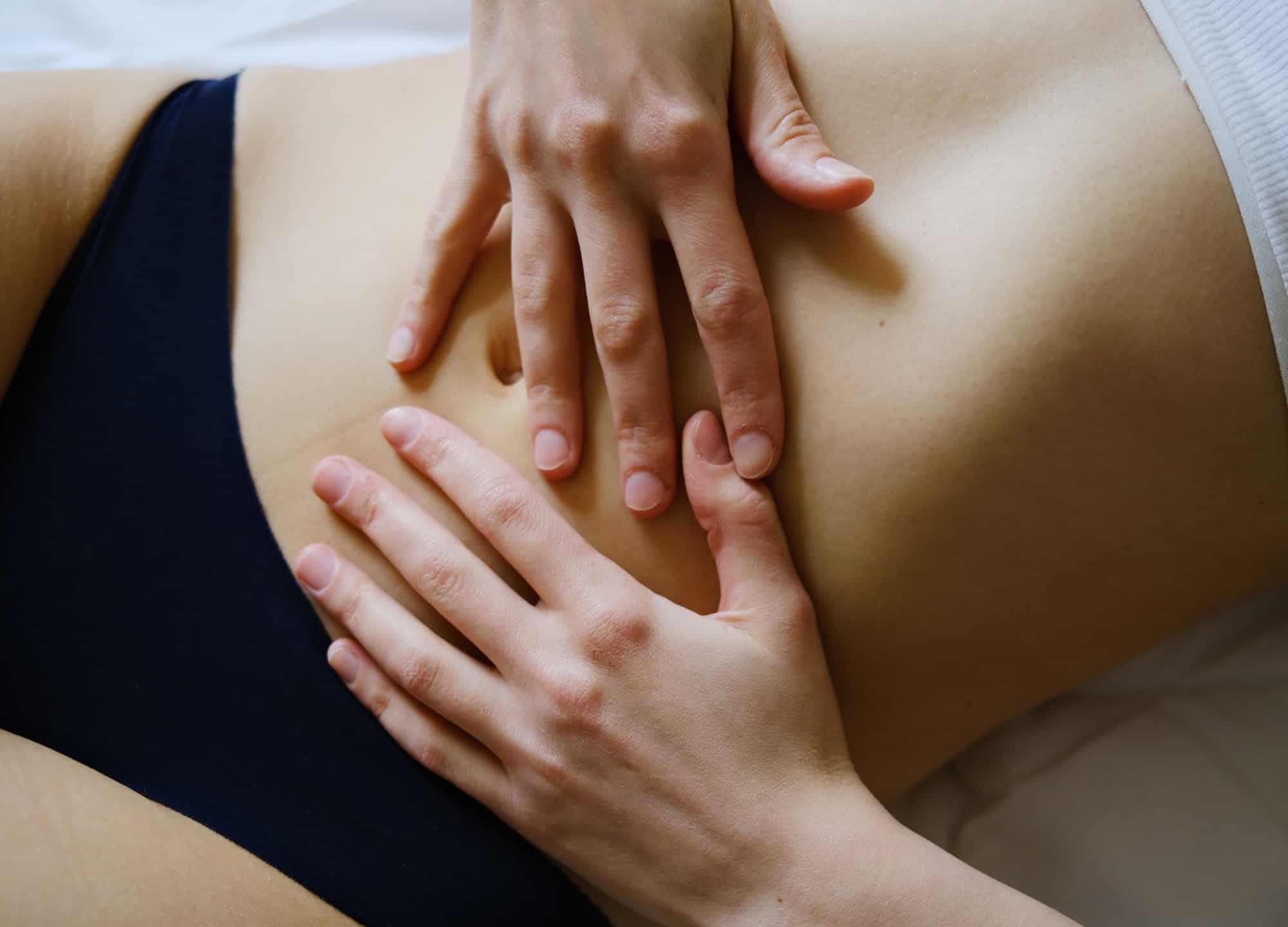All cosmetic procedures—even minimally invasive ones, such as Botox or filler injections—come with some level of risk, ranging from infection to hematomas to anesthesia complications. But tummy tucks do come with a higher likelihood of potential problems; one study found the incidence of complications to be 4% compared to the 1.4% associated with other aesthetic surgery procedures. Data from 2020 put the mortality rate of an abdominoplasty at 1 in 13,000, higher than that of a BBL (1 in 20,000, when performed by a board-certified plastic surgeon).
“When compared to other surgeries, yes, tummy tucks do come with a slightly increased risk for complications. This is largely because of how large the area is that you’re operating on,” explains Dr. Shwetambara Parakh, a board-certified plastic surgeon in Englewood, New Jersey. “But if patients are chosen carefully and risk factors are mitigated, the surgery can be very safe, not to mention extremely rewarding and successful,” she adds. (To that point, the procedure boasts an impressive 95% Worth It Rating among RealSelf members).
Here, more on five potential tummy tuck complications and what can be done to avoid them.
Tummy tuck complication #1: seroma
Dr. Parakh says the formation of a seroma is one of the most common side effects. “This is a collection of fluid that forms between the layers of the skin. Anytime the skin is raised, there’s a dead space that the body wants to fill with fluid. And in the case of a tummy tuck, you’re lifting a very large flap of skin,” she explains. Postoperative drains can help greatly decrease the risk, as can wearing a compression garment; it helps prevent any fluid that is present from accumulating in one spot, she notes.
If a seroma does occur, the good news is that it’s more of a nuisance than a particularly serious health risk, Dr. Parakh says. Your doctor will have to drain the fluid via a needle inserted into the skin, potentially over the course of several follow-up visits.
Tummy tuck complication #2: wound dehiscence
According to Dr. Farah Naz Khan, a board-certified plastic surgeon in Dallas, wound dehiscence, the technical term for wound separation, is the most common complication in her experience. “It happens when the wound starts to open up, most often due to tension on the incision. This could be caused by a too-tight closure or if a patient experiences a lot of swelling that further increases the tension,” she explains. While it’s possible with any type of incision/surgery, Dr. Parakh notes that the sheer size of the incision required for an abdominoplasty—typically stretching from hip to hip—is what increases the likelihood. She adds that smokers are also at higher risk for wound dehiscence, given that their skin has poor vascularity and wound healing is impaired to begin with.
How big the wound opening is will dictate the treatment required. If it’s just a small area, local wound care, including changing of wet and dry dressings, may be sufficient, says Dr. Khan. But if it’s a larger area, the use of a vacuum dressing—which includes a device that decreases pressure on the wound, to help it close up—may be warranted, as can even a skin graft, in rare instances, says Dr. Parakh.
Tummy tuck complication #3: umbilical necrosis
Also known as belly button death, umbilical necrosis occurs when the blood supply to the belly button is impaired after repositioning. It typically is a result of poor surgical technique, though more likely to occur in patients who have previously had an umbilical hernia repair, notes Dr. Parakh. It tends to show up quickly; about 24–48 hours after surgery, you’ll notice that your belly button starts to take on a dusky color, she says. If caught early, loosening of sutures and the application of a topical nitroglycerin paste can help dilate blood vessels and bring back blood supply. However, if it progresses and there’s complete tissue death in the area, you’ll need a procedure to debride the dead tissue, followed by revision surgery down the line to create a new belly button, she explains.
Tummy tuck complication #4: abdominal bulge
The majority of tummy tuck patients undergo not only removal of excess skin but also muscle plication—a repair of separated abdominal muscles, known as diastasis recti. An unwanted abdominal bulge can occur when this reparative process is interrupted, notes Dr. Khan, underscoring that this is why it’s paramount that patients avoid any type of exercise or core work for the first six to eight weeks post-surgery. It’s most likely to occur within this time frame, when the muscle is healing and scar tissue is starting to form, she explains. It’s a serious complication in that there’s no way to fix it besides another trip to the OR: “The only way to address an abdominal bulge is with another surgery that will redo the muscle plication or repair,” she says.
Tummy tuck complication #5: blood clot
“While this is the scariest and most serious complication, it’s also the least common,” says Dr. Parakh. Blood clots are possible after any plastic surgery, but the risk is higher after a tummy tuck: “Repairing the abdominal muscles creates increased intra-abdominal pressure, compressing the veins in the area that lead to the lungs and creating sluggish blood flow that increases the risk of a clot,” she explains. This typically happens five to seven days post-op; patients should look out for increased swelling in one leg or pain in their calf or thigh, she says. Persistent shortness of breath or an elevated heart rate indicates that the blood clot is already in the lungs. In either case, seek medical attention immediately.











